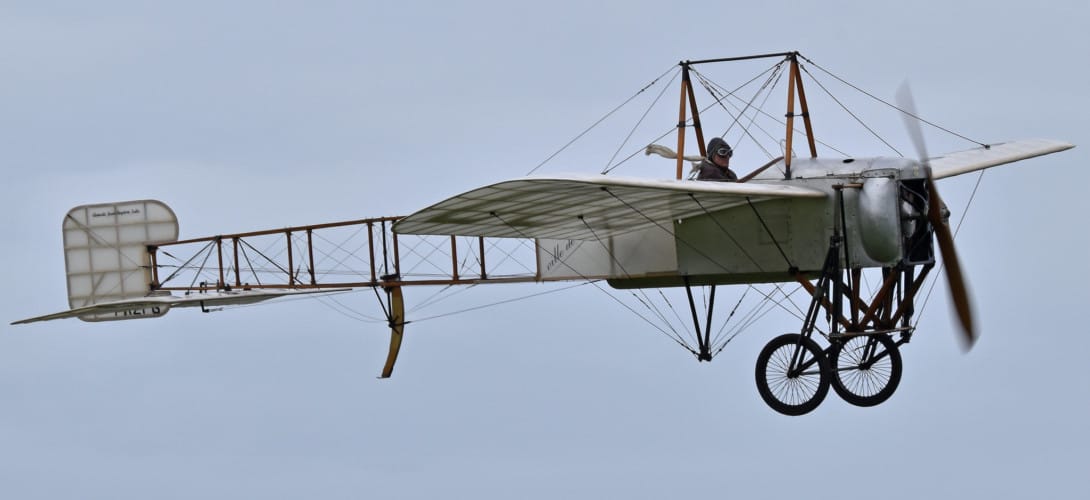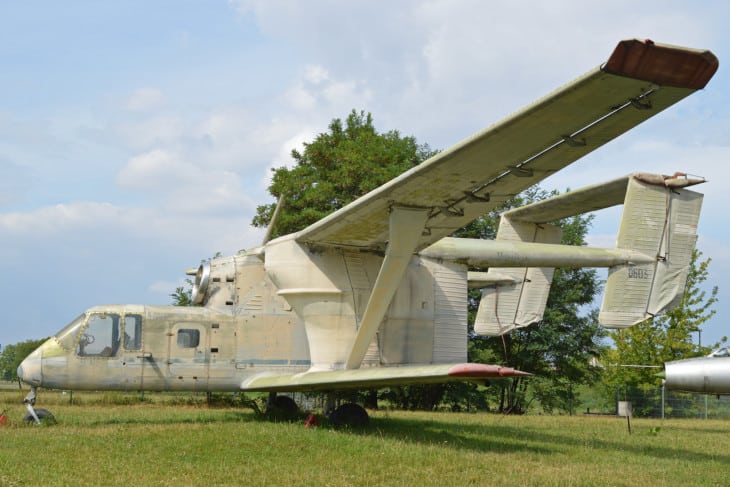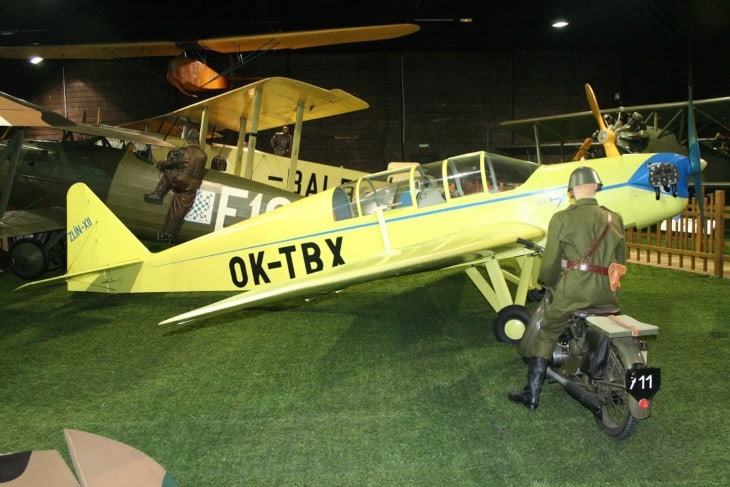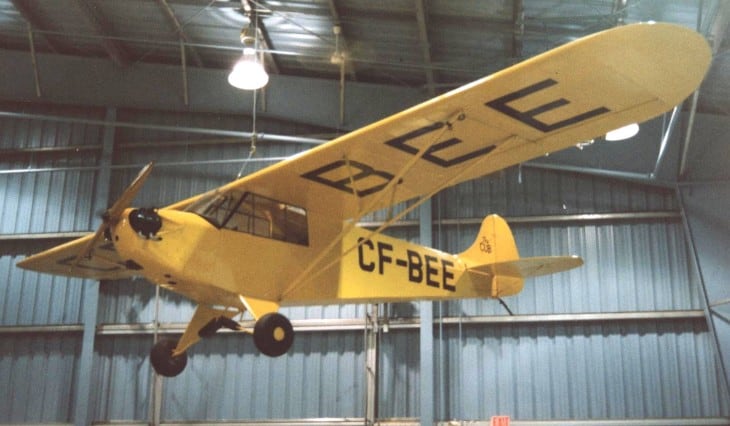

It’s easy to get data on the fastest or most expensive airplanes in many categories, but what about the slowest planes? Many slow aircraft are responsible for modern aeronautic innovations. However, which powered, piloted aircraft can maintain level flying at the slowest speed?
Air travel is one of the world’s most exciting things. It is also the world’s quickest means of journey. Modern aircraft used to travel from place to place can take people within hours to different continents, countries, and oceans.
At one time, such great distances were traveled by boat on the water or by road in days and weeks. With technological progress, aircraft are only hours away from their destination. However, this was not always the case.
In the world of aviation, there are many planes that can fly at a high rate of speed. But not every plane is capable of going quickly. In some cases, it’s due to design and in others, it’s because they’re simply too slow for their own good. Regardless of the reason, these 12 planes are among the slowest airplanes in the world today.
Perhaps it’s more interesting to look at the fastest or most expensive airplanes in the world, but in some situations it’s required to fly as slow as possible. Low-flying crop dusters are one such example. Another example would be if you were to fly a vintage plane. In such cases, even if it’s not required to fly extremely slow, there will be times that you do so anyway just because it’s safe and relaxing.
Pilots call this flying at the ‘stall speed.’ To be precise, it’s when an aircraft can maintain its flight but if any lower speeds are reached then it will lose its lift. The slowest planes in the world have extremely low stall speeds at which they are still able to maneuver, albeit very carefully.
In this post, the 12 slowest aircraft in the world are being highlighted. These aircraft reach the minimum speeds that are required for that particular aircraft to remain aloft. Most of them, with a few excpetions, are not flying in this day and age anymore. The title of this post clearly explains why…
Table of Contents

The PZL M-15 jet-driven biplane and constructed for agricultural aviation by the Polish aviation manufacturer WSK PZL-Mielec. A metal twin-boom sesquiplane was the PZL M-15 Belphegor. It was meant to be run generally by a single pilot but also provided for two additional crews, if necessary, to serve as technicians.
The lower wings and tanks for chemicals consisted of laminates to prevent corrosion. Two broad columns containing the chemical tanks connected the upper and the lower branches. It was equipped with a fixed three-cycle gear system. The M-15 was the heaviest airplane to manufacture and was the most dangerous.

The Z-XIIs were used by both the Slovakian Air Force and the Luftwaffe during World War II. It was Zln’s first significant commercial success, with a total of 201 units constructed (a substantial number for its time when it comes to leisure aircraft).
When Germany invaded Czechoslovakia and took over the Zen plant in 1939, production ended.
Jaroslav Lonek developed the plane as a tandem two-seater low-wing aircraft. Its airframe is entirely made of wood, and the power unit is a Persy II engine that produces 45 horsepower. The Z-XII had an open or enclosed canopy and two distinct horizontal stabilizer schemes to choose from.

This plane took to the skies for the first time in 1994. Slepcev’s company, Slepcev Aircraft Industry, of Beechwood, New South Wales, Australia, was the first to produce it.
The Slepcev Storch, like the original Fi 156, has a strut-braced high-wing, a two-seater enclosed cockpit with substantial glass, fixed conventional landing gear, and a single tractor engine.
It’s built of welded steel tubing, with sheet aluminum flying surfaces coated in doped aircraft fabric. The ultralight version has a wingspan of 10 m (32.8 ft), a 15 m2 (160 sq ft) area, wide flaps, and leading-edge slats. V-struts and jury struts provide support for the wings.

The Taylor J-2, for those unfamiliar with the (original) “Cub,” was an upgrade over the preceding E-2, with the “J” standing for Walter Jamouneau (a Taylor aeronautical engineer).